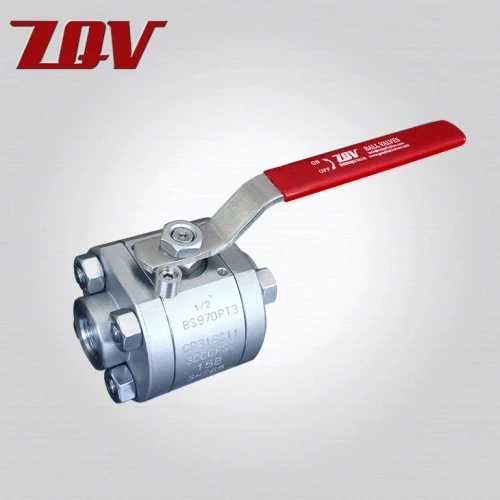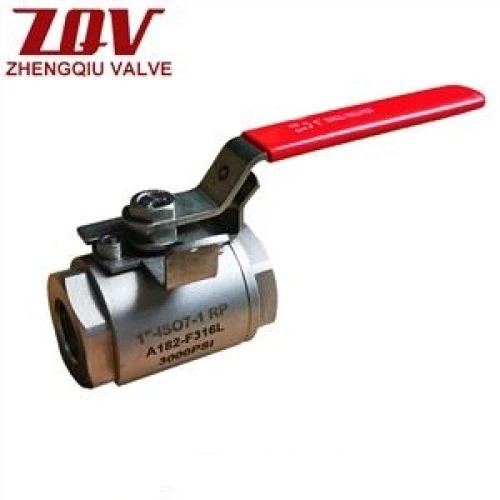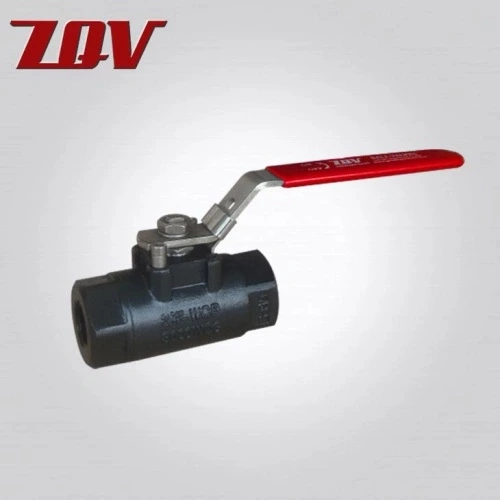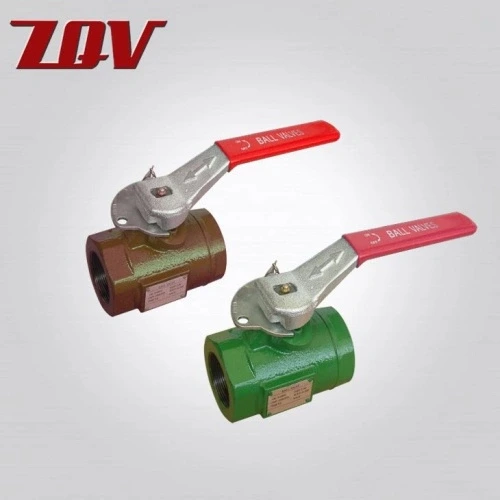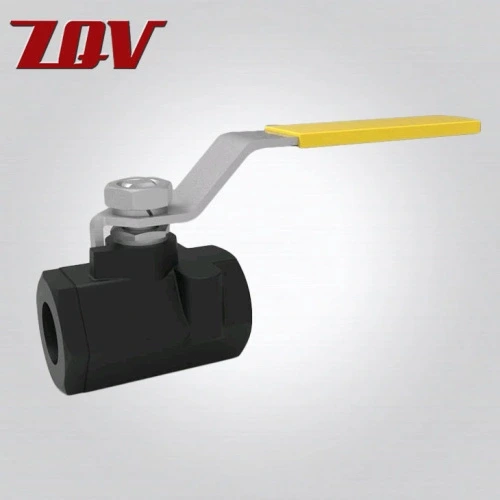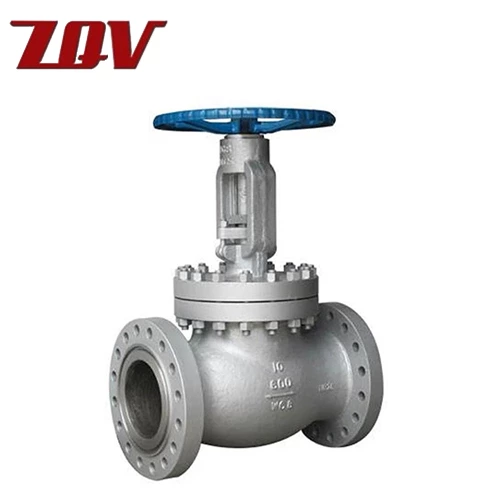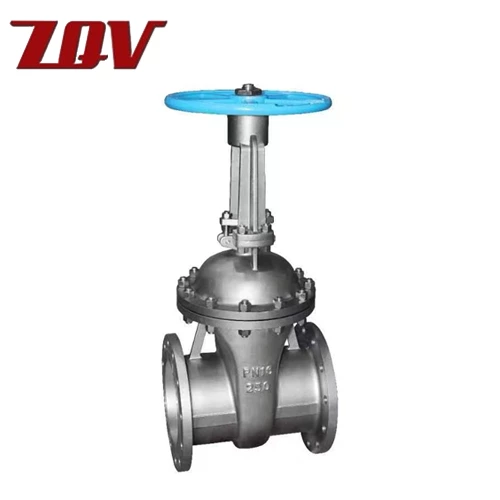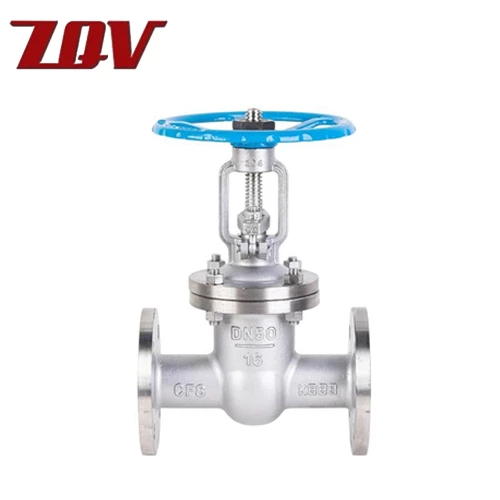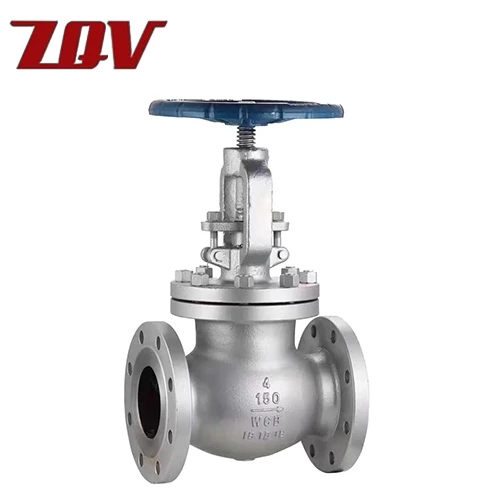What Parts Does A Forged Steel Ball Valve Consist Of?
Forged steel ball valves are a common type of valve, widely used in industries such as oil and gas, chemicals, and power generation. Due to their excellent performance in high-pressure, high-temperature, and corrosive environments, forged steel ball valves have become a crucial component of many critical equipment. This article will begin with the basic structure of a forged steel ball valve and analyze its various components in detail to help readers better understand its working principles and applications.
What are the components of a forged steel ball valve?
A api 602 ball valve consists of five key components: ball, seat, bonnet, stem, and body. The design and material of each component are crucial, and these components work together to ensure efficient valve operation in various operating environments.
-
Ball
The ball is the core component of a forged floating ball valve. It is typically made of high-strength forged steel and offers excellent resistance to wear, high temperatures, and corrosion. The ball's function is to control fluid flow through rotation. When the ball is in contact with the seat, the valve is closed. As the ball rotates, it opens or closes the fluid passage, thereby controlling flow. The precision design and machining of the ball directly impact the valve's sealing performance and service life.
-
Valve Seat
The valve seat is a crucial component of a forged steel ball valve, typically located between the ball and the bonnet. Its primary function is to provide sealing support for the ball and prevent fluid leakage. The choice of valve seat material significantly impacts the valve's performance, including its high-temperature and corrosion resistance. To ensure a secure seal, the valve seat is typically made of alloy and precision-machined. Its fit with the ball determines the valve's sealing performance, ensuring it effectively prevents fluid leakage even under high-pressure and high-temperature environments.
-
Bonnet
The bonnet is a key outer shell component of a forged steel floating ball valve, primarily sealing the valve body and providing support and protection. The bonnet's design must balance sealing and strength to withstand the high pressures and temperatures within the valve body. The bonnet is typically made of forged or cast steel to ensure durability under harsh operating conditions. The bonnet is typically bolted or welded to the valve body to ensure structural stability and a tight seal.
-
Valve Stem
The valve stem is a crucial transmission component in a forged steel ball valve, transmitting motion from the external drive to the ball and controlling its rotation. The valve stem is typically made of high-strength alloy steel, offering excellent wear and corrosion resistance. The stem must be designed to withstand high pressures and extreme temperature fluctuations, while also ensuring a secure connection to the ball to prevent valve failure due to excessive wear or corrosion.
-
Valve Body
The valve body serves as the framework and support for the forging ball valve, supporting all other components and maintaining the valve's overall structure. The valve body is typically constructed of forged steel to provide sufficient strength and durability. This forged steel material enables the valve body to operate reliably in high-temperature, high-pressure, and highly corrosive environments. The internal and external design of the valve body determines the fluid flow path and flow control effectiveness. Therefore, the machining accuracy of the valve body has a direct impact on valve performance.
